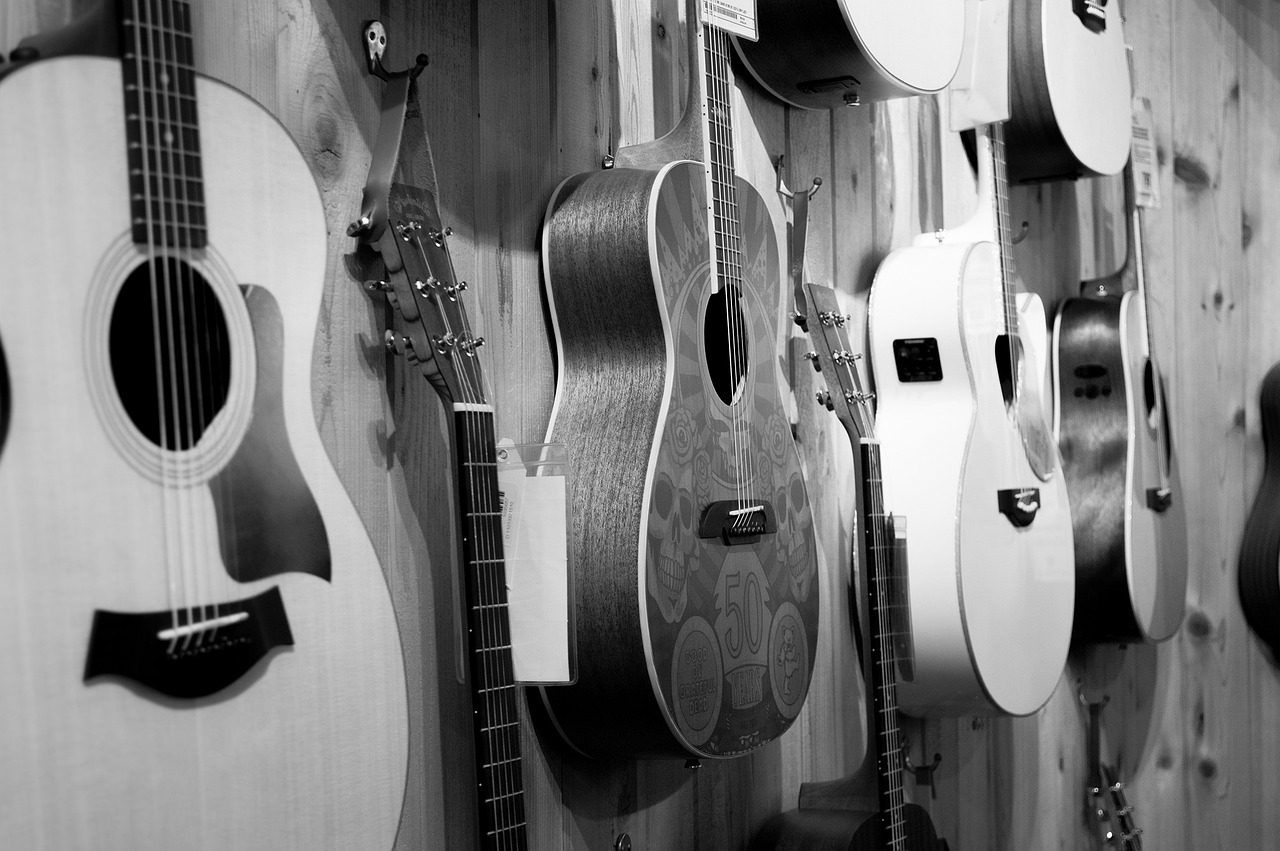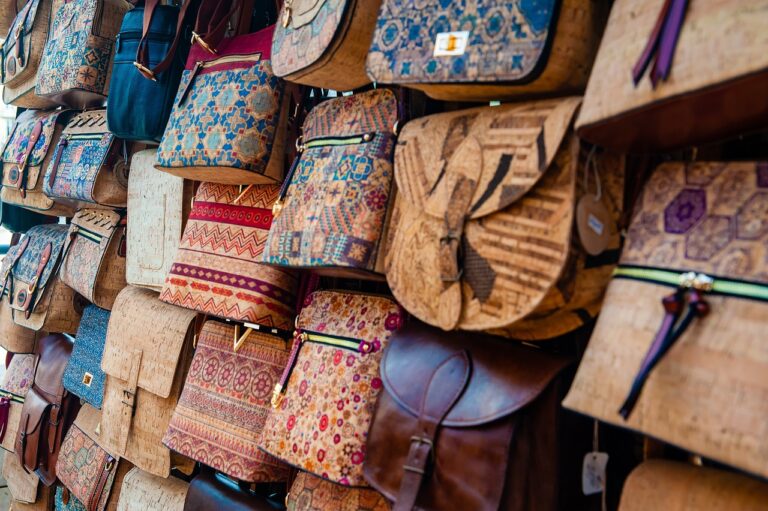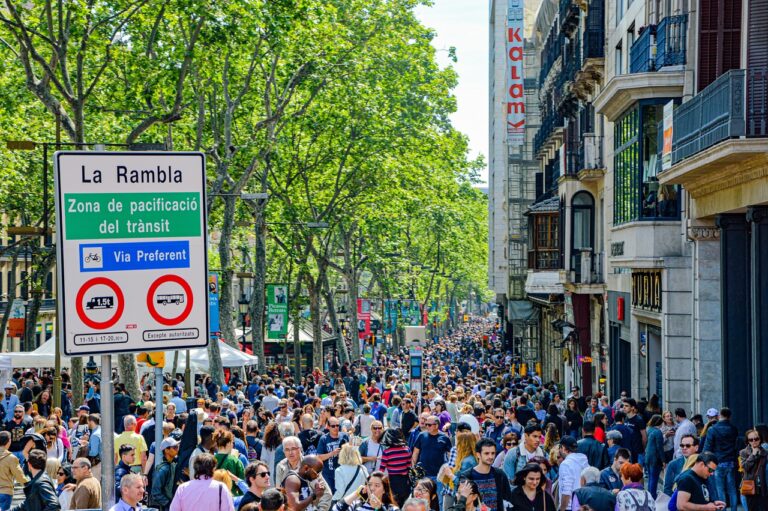Exploring Cultural Influences on Shopping Habits Around the World
Shopping behavior is intricately intertwined with cultural traditions, which serve as guiding principles in many societies. These traditions deeply influence the way individuals approach shopping and consumption. For instance, in some cultures, the act of bargaining is not just a negotiation tactic but a time-honored tradition that symbolizes respect and appreciation for the seller’s craft.
Moreover, cultural norms around gift-giving often significantly impact shopping behavior. In many cultures, gift-giving is not just an act of generosity but a way to strengthen relationships and show respect. This tradition can lead individuals to prioritize purchasing gifts for others over buying items for themselves, thus influencing their shopping decisions and preferences.
Historical Factors Shaping Shopping Habits
Throughout history, various events and developments have significantly influenced the way people approach shopping. One of the key historical factors shaping shopping habits is the Industrial Revolution. With the rise of mass production and the availability of a wider range of goods, consumers were presented with more choices than ever before. This shift played a crucial role in shaping a consumer culture centered around convenience and variety.
Another important historical factor that has impacted shopping habits is the Great Depression in the 1930s. During this economically challenging time, people were forced to become more frugal and make careful purchasing decisions. This experience instilled a sense of thriftiness and value-seeking behavior that continues to shape consumer habits to this day. The lessons learned from the Great Depression created a legacy of cautious spending and a preference for products that offer the best value for money.
Social Norms and Shopping Choices
Social norms play a significant role in shaping individuals’ shopping choices. These norms are deeply ingrained in society and can influence what is considered acceptable or desirable to buy. For example, certain cultures may prioritize spending on luxury items as a symbol of status, while others may place more value on practical and frugal shopping habits.
Moreover, social norms can also dictate where and how people shop. In some communities, shopping at local businesses may be encouraged to support the local economy and foster a sense of community. On the other hand, in more urban settings, online shopping and big-box stores may be the norm due to convenience and a wider selection of goods. Ultimately, these social norms can impact not only what individuals buy but also how they go about the shopping process.
How do cultural traditions impact shopping behavior?
Cultural traditions can influence shopping behavior by dictating what products or brands are considered desirable or acceptable within a certain community. These traditions can also impact how individuals approach decision-making and preferences while shopping.
What are some historical factors that shape shopping habits?
Historical factors such as economic conditions, technological advancements, and social movements can all play a role in shaping shopping habits. For example, the rise of online shopping has drastically altered the way people make purchasing decisions compared to a few decades ago.
How do social norms influence shopping choices?
Social norms can heavily influence shopping choices by setting expectations for what is considered appropriate or desirable. For instance, certain social groups may prioritize buying certain products or brands in order to fit in or adhere to societal expectations.
Can social norms impact individual shopping behaviors?
Yes, social norms can impact individual shopping behaviors by creating pressure to conform to certain standards or expectations set by society. This can influence everything from the types of products purchased to the frequency of shopping trips.







